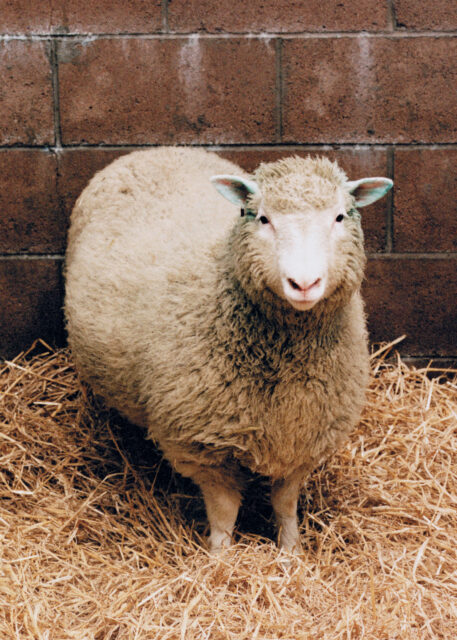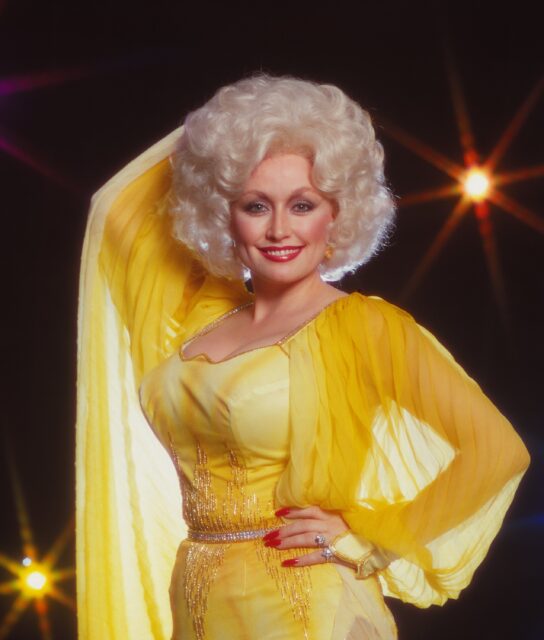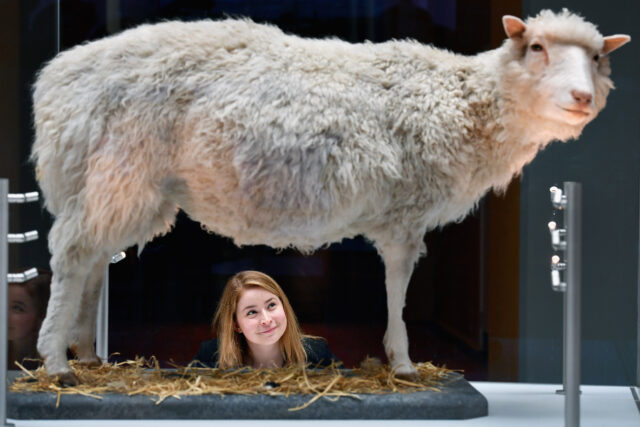In 1996, an incredible breakthrough was made in the world of science. For the first time ever, scientists were able to clone a sheep from an adult somatic cell. After she was born, they had to decide on a name, and the story of how they landed on “Dolly” reached the ears of the very women who inspired it: Dolly Parton.
Dolly the sheep was a major success in the field of science

Dolly the sheep was the first animal to be cloned from an adult cell, making her the most famous sheep in scientific history. She was born on July 5, 1996, at the Roslin Institute in Scotland and named after the singer Dolly Parton. Her creation showed that scientists could make a copy of an animal by using cells from another, marking a major breakthrough that proved cloning from adult cells was possible.
Remarkably, Dolly had a total of six lambs throughout her lifetime, a special feat, as it showed she was capable of having offspring like other sheep. Sadly, she died on February 14, 2003, at only six years old. Suffering from lung disease, she was ultimately put to sleep.
Dolly Parton’s thoughts on the sheep being named for her breasts

Country music legend Dolly Parton told The Guardian her thoughts on the cloned sheep being named for her. More specifically, she was asked how she felt about the animal being named after her breasts.
“I was flattered,” Parton said. “You know, when the scientists cloned Dolly the sheep, they used the mammary glands. That’s what they call them … glands … the boobs.”
It makes sense that the name was coined after Parton’s breasts, as they are iconically large. Early on in her life, she got implants, growing her breast size to 40DD. They’ve long served as part of her iconic look, and she explained how scientists decided on the name.
“They said: ‘Oh, we have this sheep, Dolly …’ Everybody always played up to these [points to her chest], so that’s why we had Dolly the sheep.”
Dolly Parton doesn’t want to be cloned

Dolly Parton said she “was sorry when she died,” referring to the sheep’s death. Naturally born sheep have a life expectancy of 10- 12 years, but, given her health problems, Dolly only reached approximately half that. Due to her importance to science, Dolly was taxidermied, and she now stands on display at the National Museum of Scotland.
More from us: Rob Lowe Had a Brief Fling With Fellow ‘Brat Pack’ Member Demi Moore
Want to become a trivia master? Sign up for our Today In History newsletter!
Parton gave her opinion on cloning, saying, “I don’t want be cloned myself,” and adding, “I want to get on out of here when I can. We already get a lot of Dolly lookalikes, a lot of Dolly drag queens. I can just send them down to the store instead of me.”
